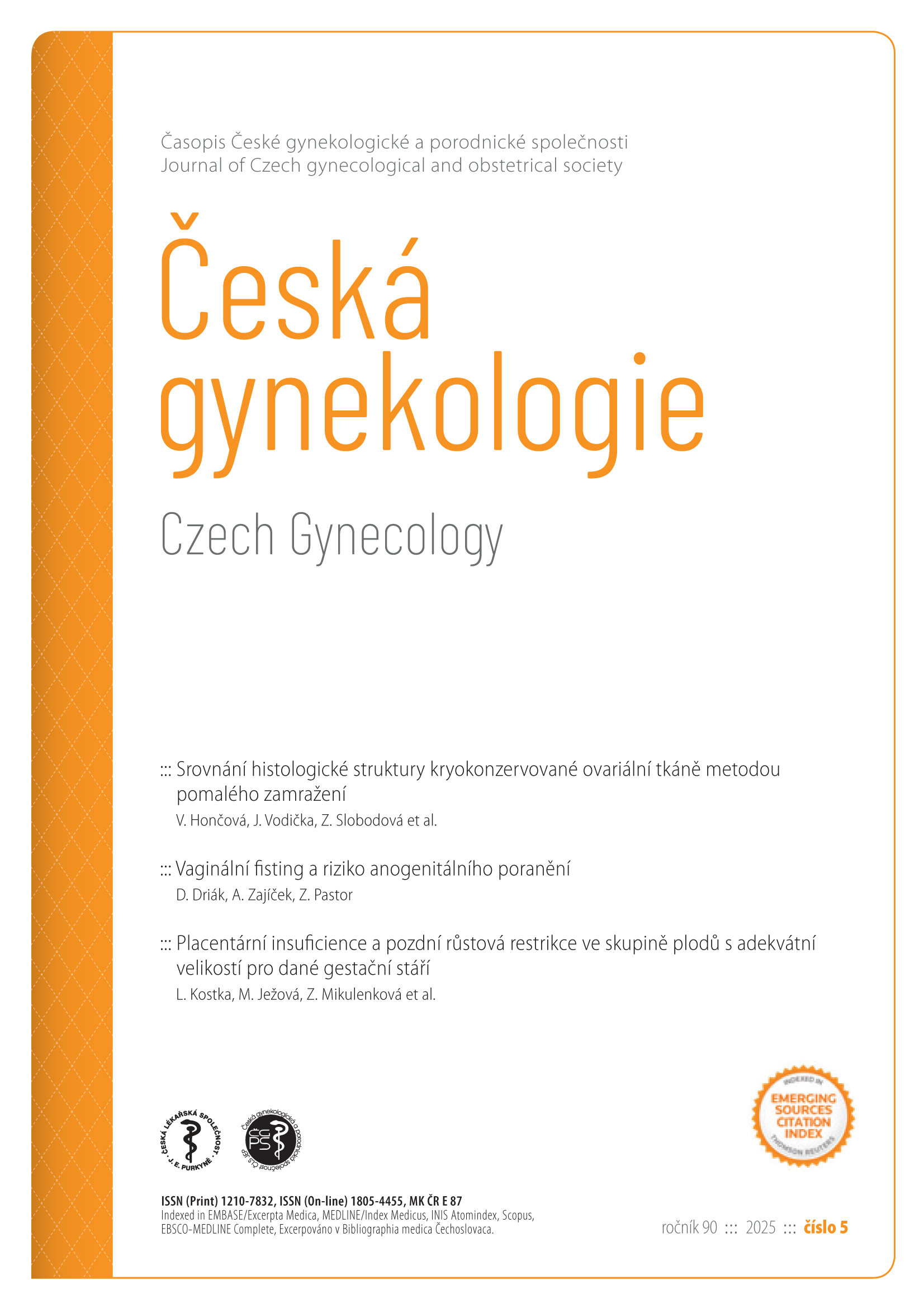Radiation-induced angiosarcoma of the breast – experience from clinical practice
Keywords:
radiation-induced angiosarcoma of the breast, secondary breast angiosarcoma, radiotherapy, breast cancer, radiotherapy complications, soft tissue sarcoma, malignant vascular tumor, post-radiation sarcoma, angiosarcoma diagnosis, angiosarcoma treatment, prognosis, breast resectionAbstract
Angiosarcoma (AS) is a rare malignant tumor originating from the endothelial cells of blood or lymphatic vessels. It is characterized by an aggressive course with a high risk of generalization. The most frequent sites of metastasis include the skin, soft tissues, breasts, liver, and heart. Clinical symptoms vary depending on the site of origin. The most common include erythema, skin efflorescence, swelling, and tenderness. Diagnosis of AS is established based on histopathological examination with evidence of atypical endothelial cells and vascular structures. Imaging methods are used as supplementary examinations and help in determining the location and extent of the tumor. In this publication, we focus on the secondary type of angiosarcoma, which has been increasingly described in recent years in the irradiated breast area after breast-conserving surgery. We describe three case reports of patients comprehensively treated at our institution. A relatively long remission, spanning several years, is typical. The essential basis of AS treatment is surgical removal of the tumor with intact resection margins. Due to the size of the defect after resection, simple suturing of the skin cover is often insufficient, and collaboration with a plastic surgeon is necessary for the reconstruction of the resulting defect. Professional literature does not unequivocally state the sufficient width of the healthy tissue margin during resection. The benefit of adjuvant chemotherapy or radiotherapy is debatable. Prognosis is generally poor due to insufficient sensitivity to non-surgical treatment modalities and the speed of metastasis.



